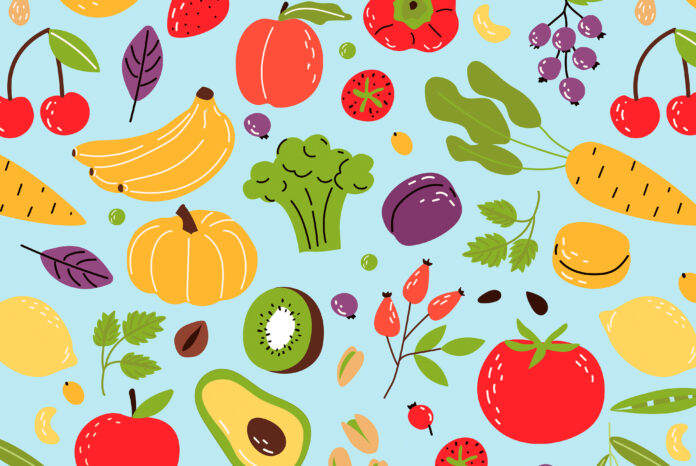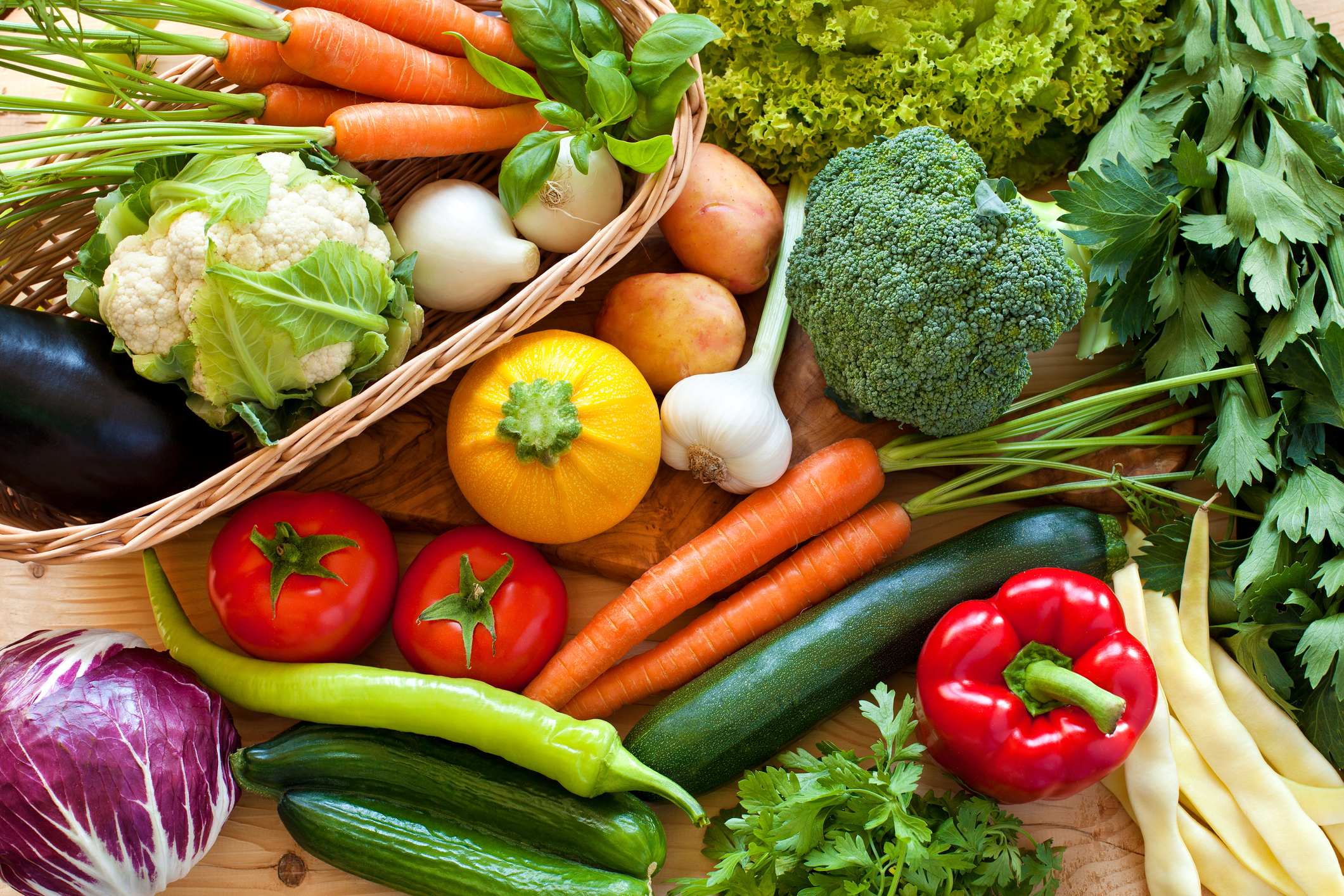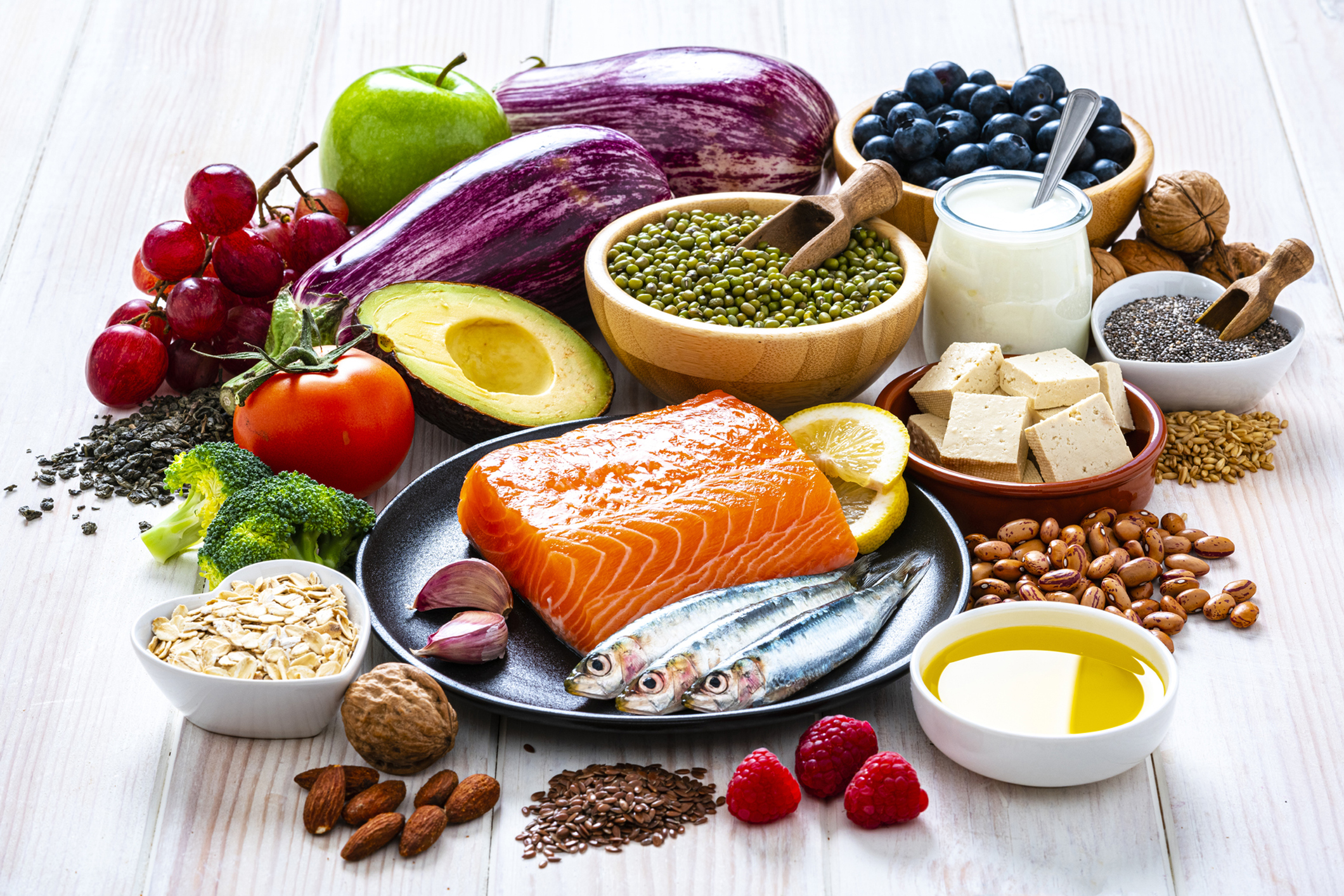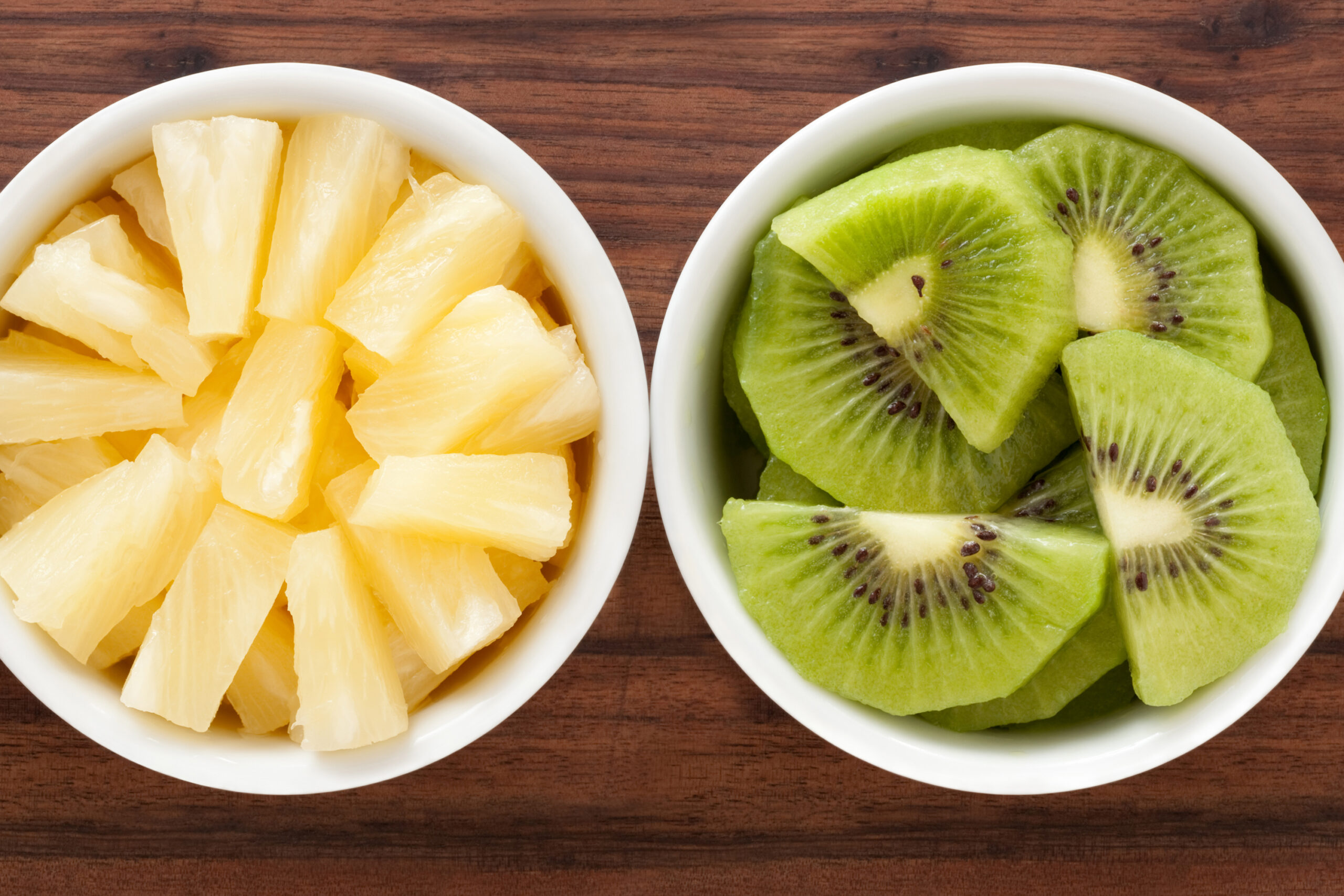From the time you were sitting around your parents’ (or grandparents’) Formica-and-chrome dinette table, you were told to eat your fruits and vegetables. Nutrition researcher Christopher D. Gardner, Ph.D., a member of our editorial board, doesn’t like that advice. He wants vegetables to be mentioned before fruits because they contain more nutrients and fiber for their calories.
Moreover, when Christopher and some of his colleagues analyzed numerous studies on the relationship between food and health, they found that while research in general shows both fruits and vegetables help protect against death from such illnesses as cancer, stroke, and cardiovascular disease, vegetables appear to have the edge in warding off disease-related mortality. He even helped prepare a paper on the findings that was published in the American Journal of Lifestyle Medicine in 2018. Its takeaway is that the public would be better served if the produce duo were called “vegetables and fruits,” not “fruits and vegetables.”
Christopher’s message to prioritize vegetables over fruits is getting out. In the 2020–2025 Dietary Guidelines for Americans, vegetables are pretty consistently mentioned before fruits. Furthermore, the Guidelines make clear that while people should eat at least two cups of fruit per day, they should consume a minimum of two and a half cups of vegetables. (It may not sound significant, but it’s a 25 percent difference.)
Even the Guidelines slip up, however, saying at one point that at least half your plate should consist of “fruits and vegetables.” Christopher’s group says in their paper that some of it boils down to syllable count, with evidence to back this up from the field of linguistics. It’s easier to name the one-syllable word first: fruits and vegetables, rich and famous, time and money.
His point overall is well taken. Vegetables do provide more nutritional bang for their calories than fruits. But to be honest, as the Guidelines show and as Christopher would concur, Americans continue to do pretty dismally when it comes to eating vegetables and fruits. Only 20 percent of us consume enough fruit, while just 10 percent eat enough in the way of vegetables.
So the goal here isn’t to swap out fruits for vegetables. It’s to add more produce, particularly vegetables, to the repertoire. That might not sound too appealing. For many Americans, “vegetables” means something culinarily austere—a pat of margarine on steamed green beans, perhaps, or frozen mixed vegetables, again with that telltale pat of ersatz butter. But it doesn’t have to be that way.
My wife and I like to cut broccoli and cauliflower into bite-size pieces, put them on a baking pan, drizzle them with olive oil, and heat them in the oven at 425 degrees for at least 15 minutes. They come out really crispy and delicious—not limp, soggy, and tasteless like over-steamed or over-boiled vegetables.
Another way to incorporate more vegetables into your meals is to mix up more interesting salads. Don’t just toss greens, tomatoes, and carrots. Add some chopped, marinated artichoke hearts, bamboo shoots, or baby corn (if canned or jarred, look for low-sodium versions or rinse them first). Or toss in water chestnuts (very low in calories) to add more crunch, or some avocado, sliced mushrooms, or seeds. You can make almost any sandwich more interesting and delicious by adding lettuce leaves, sliced tomato, and even some grilled eggplant.
Vegetables can be for breakfast, as well. A friend of mine likes to fry a sunny-side-up egg in oil that he has seasoned with red pepper flakes and oregano; while the egg is cooking on the stove top, he throws some spinach or kale into the pan. Sautéed and seasoned, almost any green tastes delicious.
Yes, the oil used for sautéing or roasting contains calories you wouldn’t otherwise consume. But if you enjoy your vegetables, you might be inclined to eat a little less meat, or fewer sweets like cakes, cookies, and ice cream, which offer relatively few nutrients for the calories they provide. It can more than even out.
As for fruit, that’s easy. What about a fig or two after dinner? Or a snack of frozen berries or mango mixed with a dollop of nonfat yogurt or whipped up in the blender for a smoothie? Dried fruit can also go toward your fruit goal, but be aware that the calories are concentrated (so don’t eat too many), and sugar is sometimes added (check the labels).
Taste is the name of the game. If you enjoy it, you will gradually incorporate it into your eating pattern. That’s true whether you eat “vegetables and fruits” or “fruits and vegetables.”





